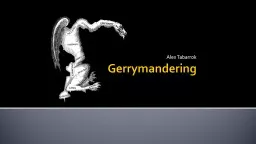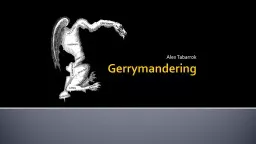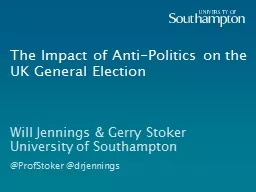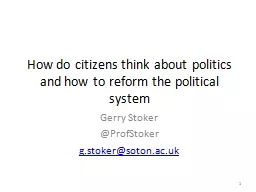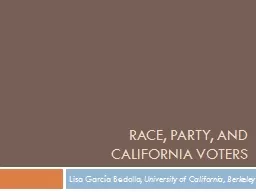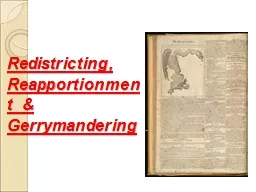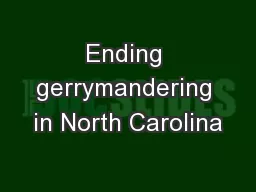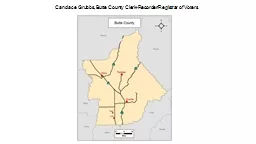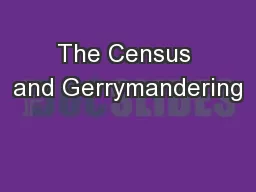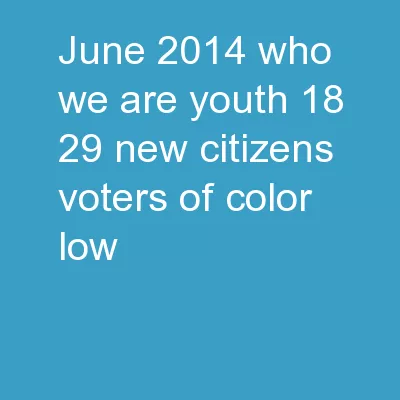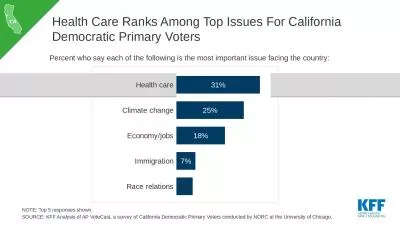PPT-Gerrymandering When Politicians Choose Voters
Author : tatyana-admore | Published Date : 2018-10-10
Alex Tabarrok Gerrymandering The Supreme Court has said that Wesberry v Sanders 1964 that Congressional districts must be of approximately equalsized populations
Presentation Embed Code
Download Presentation
Download Presentation The PPT/PDF document "Gerrymandering When Politicians Choose V..." is the property of its rightful owner. Permission is granted to download and print the materials on this website for personal, non-commercial use only, and to display it on your personal computer provided you do not modify the materials and that you retain all copyright notices contained in the materials. By downloading content from our website, you accept the terms of this agreement.
Gerrymandering When Politicians Choose Voters: Transcript
Download Rules Of Document
"Gerrymandering When Politicians Choose Voters"The content belongs to its owner. You may download and print it for personal use, without modification, and keep all copyright notices. By downloading, you agree to these terms.
Related Documents

